Conservationists working to save the Sumatran rhino—one of the world’s most imperiled mammals—heard good news this week as WWF-Indonesia has found evidence of at least one Sumatran rhino persisting in the Indonesian state of Kalimantan, located on the island of Borneo.
Small populations of Sumatran rhinos (Dicerorhinus sumatrensis) survive on Sumatra and on Borneo (in the Malaysian state of Sabah), but this is the first time scientists have confirmed the presence of the notoriously shy animal in Kalimantan in over two decades.

“This is a very important finding to the world, and especially to Indonesia’s conservation work, as this serves as a new record on the presence of Sumatran rhinos in East Kalimantan and especially in West Kutai,” Bambang Noviyanto, the director for biodiversity conservation at the Forestry Ministry, said. Currently scientists estimate that there are around 200-275 Sumatran rhinos surviving in the wild.
Although WWF-Indonesia teams have not seen a rhino in Kalimantan yet, they have recently discovered footprints, mud wallows, tree markings, and signs of rhino-feeding.
“The Sumatran rhino is on the very brink of extinction. The number of remaining individuals is unknown, and as they become rarer, the more difficult is it to count them,” John Payne a conservation scientist with the Borneo Rhino Alliance (BORA) in Sabah, Malaysia told mongabay.com.
There is no information yet on whether this is just one rhino or a group of survivors. Long-decimated by deforestation and poaching, populations of Sumatran rhinos today have become so small and fragmented that it’s difficult for them to breed successfully. In some cases, single rhinos have been found surviving alone in a small forest fragment.
“The fact that this discovery comes more than a decade after the last evidence of the species in Kalimantan, despite the opening up of previously remote areas during that period, suggests that this might be just one or a small number of individuals,” explains Payne. “If so, they might not have been breeding. There may be inbreeding, or a skewed sex ratio, or simply old or otherwise infertile rhinos.”
Payne’s organization, BORA, is working to breed Sumatran rhinos in large semi-wild enclosures in Sabah. Currently, BORA has two rhinos, a male (Tam) and a female (Puntung). Tam was captured after he wandered into a palm oil plantation with an injured foot, while Puntung was taken from the wild when it was realized she was alone in a forest fragment with no chance of meeting a male for breeding. Payne and a group of scientists are now trying to breed the pair.
A similar breeding program on Sumatra last year saw the birth of the first Sumatran rhino calf in captivity since 2001 and only the fourth in the last hundred years. However, more rhinos are likely needed if the breeding programs in Sumatran and Sabah are to be successful in the long-term.
“As a wildlife biologist with an interest in the species since the 1970s, I would hope that consideration might be given to capture to add to the global captive population of 10 individuals,” he says. “New genes are needed. Borneo Rhino Alliance (BORA), although a Malaysian NGO, would be happy to collaborate with WWF-Indonesia and the Indonesian authorities, if that is thought to be useful. Such collaboration would help in exchanging information and idea, and help to better secure collaboration on this species between Indonesia and Malaysia.”
For now, WWF-Indonesia conservationists are working to determine just how many rhinos might persist in East Kalimantan and work with local communities to protect the area.
“Rhinos, dolphins, clouded leopards and local buffalo are among God’s creations that are getting rare, but apparently they’re still alive in West Kutai,” Ismael Thomas SH. M.Si, the head of the West Kutai district, said. “We must protect them, and the communities must live in harmony with nature.”
This article was written for Mongabay.com and reposted on Focusing on Wildlife.


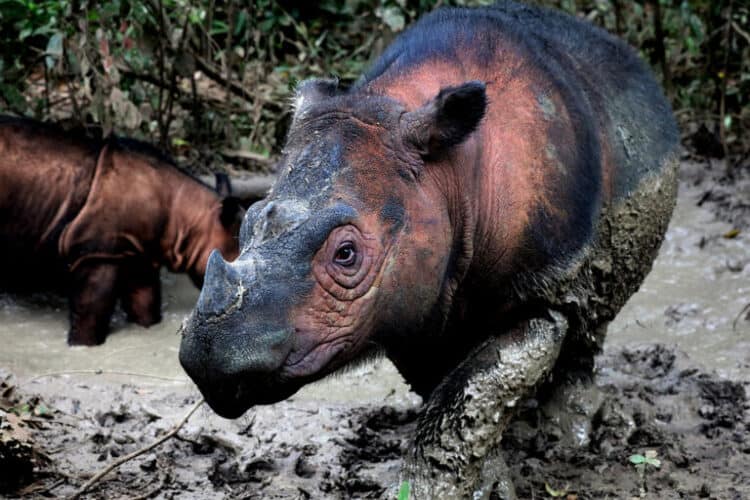
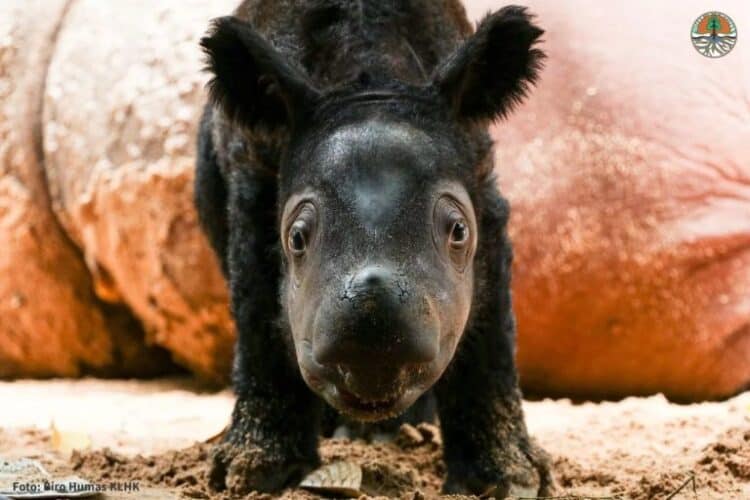
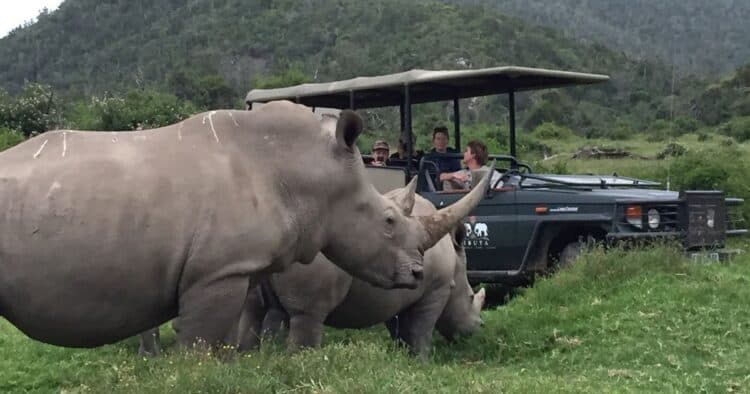
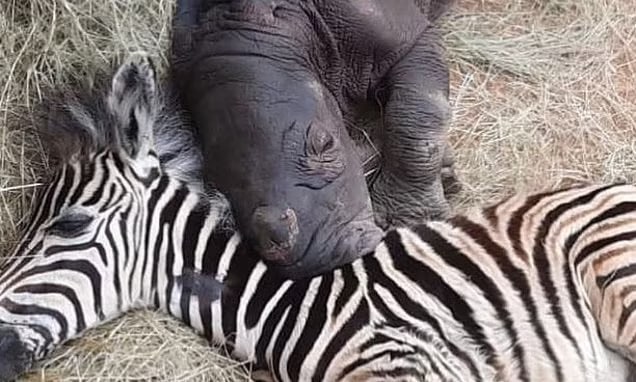
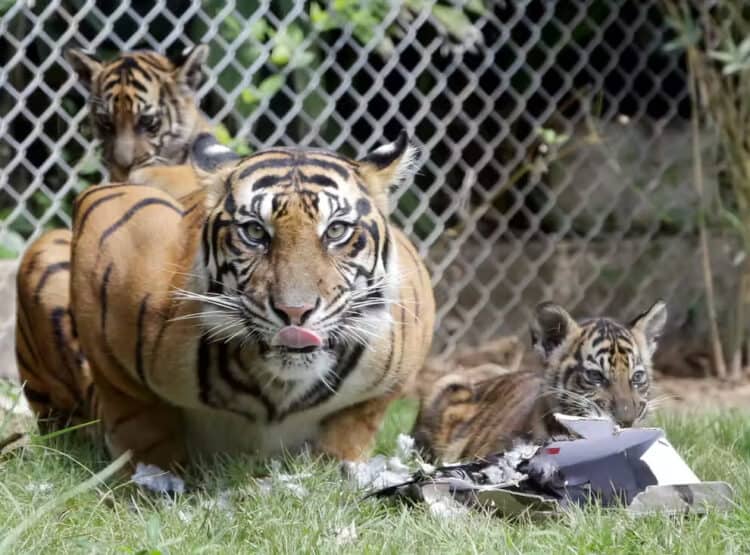
Leave a Reply